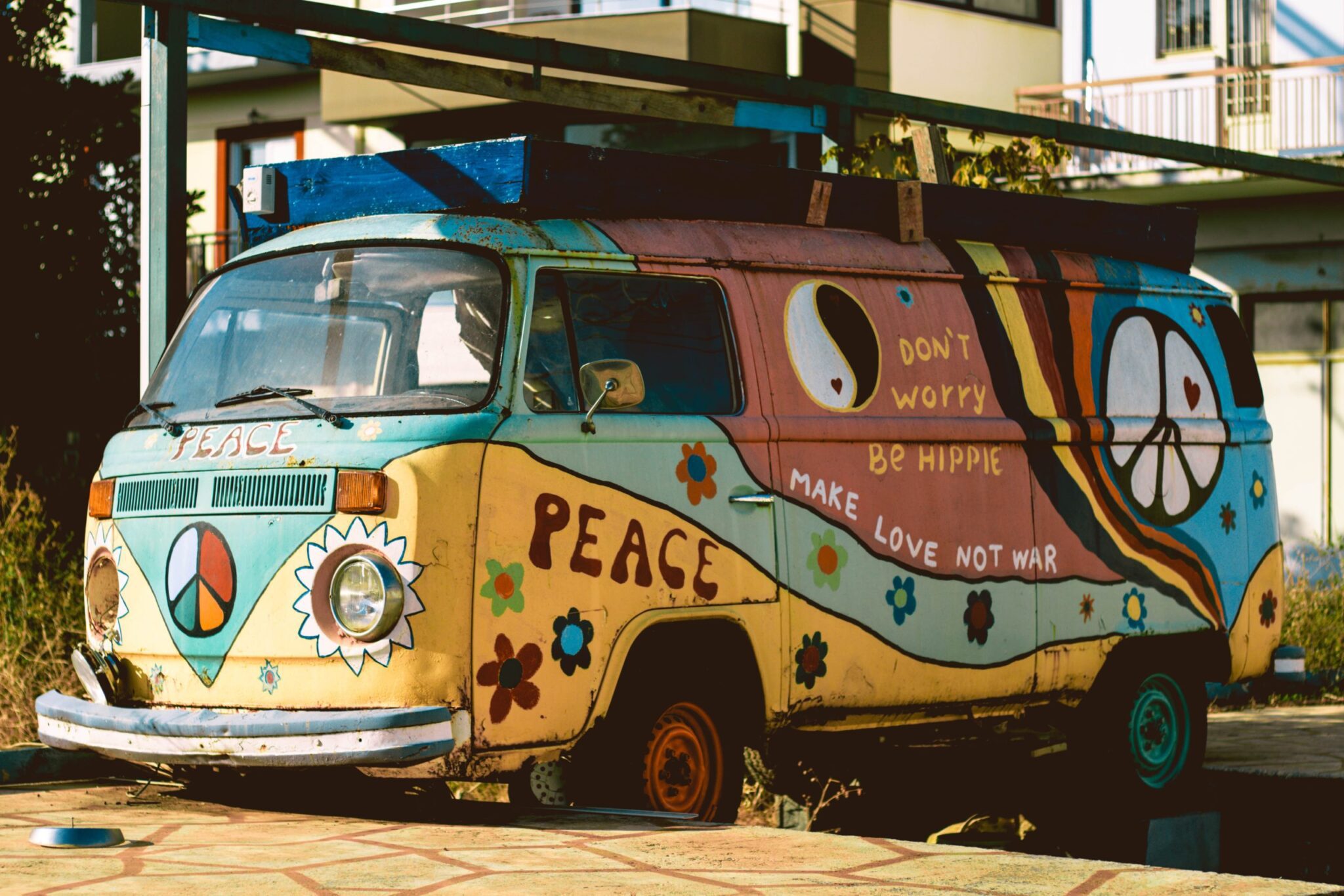Emjay delivers flower, edibles, vape, prerolls, and more throughout California. Use code WELCOME10 for 10% off your first delivery.

Hello, Los Angeles and San Diego!We pride ourselves on having high standards at both our…
CLSICS Call of Focus Gummies At-A-Glance Highlights The unique combination of THC, caffeine, and vitamin…
Beyoncé's Renaissance Tour is coming to SoFi Stadium in Los Angeles on Saturday, September 2,…
Chances are, you've heard about the Writers Guild of America and Screen Actors Guild's strikes…
We're offering something special for our San Diego customers. Now through 7/31, enter to win…
Los Angeles! Here's your chance to win the baddest glove on the planet - a…
View Comments
It was. Nor Cal Kush was 10x better by far. Have seen nothing like it since the early eighties. Thai Stick?? You will not find better. Haven't seen that since the late 70"s. Acapulco Gold... Really Gold. Really Yummy Really KO... Not seen since then. And Green Columbian... It was so fierce, lt rivaled pcp for a few moments there. How from the earth grown??? But some strains were unbelievable. Street lids were trash though and that was 75% of available so it's a wash kind of.